Home>Garden Essentials>Which Treatment Is Better For Lawn Care: Liquid Or Pellets
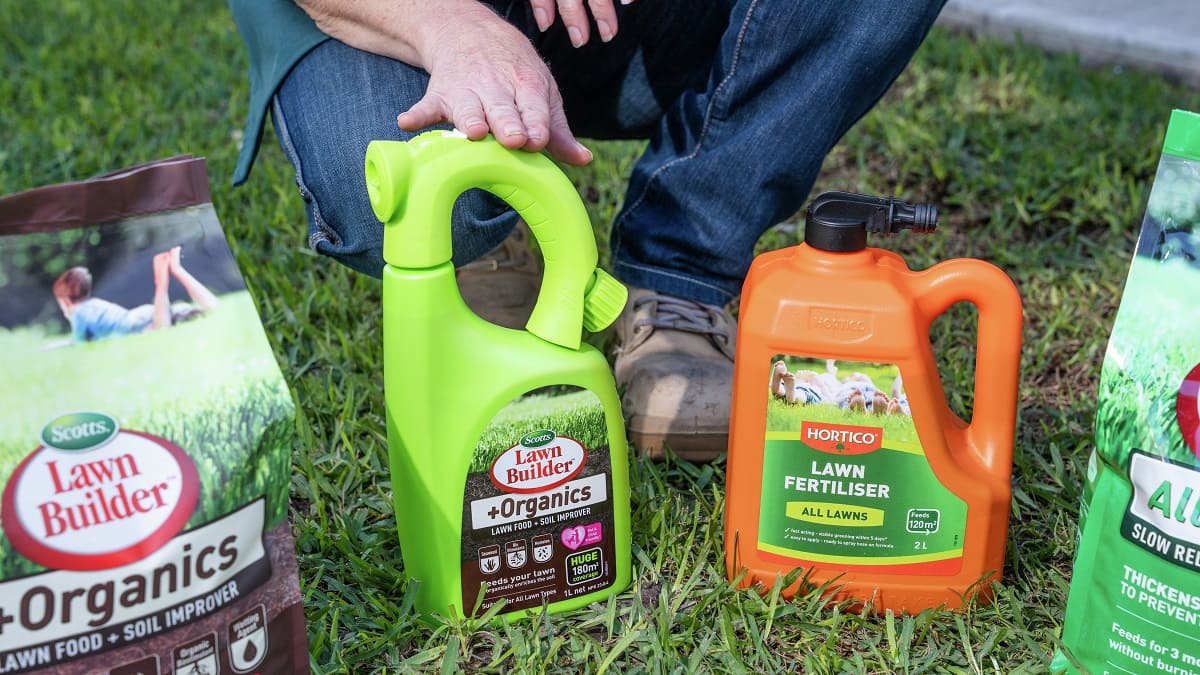

Garden Essentials
Which Treatment Is Better For Lawn Care: Liquid Or Pellets
Modified: March 7, 2024
Discover the best treatment for your garden! Compare the effectiveness of liquid and pellet options for lawn care and choose the ideal solution.
(Many of the links in this article redirect to a specific reviewed product. Your purchase of these products through affiliate links helps to generate commission for Storables.com, at no extra cost. Learn more)
Introduction
When it comes to taking care of your lawn, there are many factors to consider to ensure its health and beauty. One crucial decision you will need to make is whether to use liquid or pellet lawn care treatments. Both options have their own benefits and drawbacks, and understanding them will help you make an informed choice for your lawn care routine.
Liquid lawn care treatments involve the use of liquid solutions that are sprayed onto your lawn using a sprayer. These solutions typically contain a combination of fertilizers, weed control products, and other nutrients. On the other hand, pellet lawn care treatments involve the application of granular pellets that contain similar components, but in solid form.
Before diving into the pros and cons of these two approaches, it’s important to note that the most effective lawn care regimen will vary depending on factors such as your lawn’s condition, climate, and personal preferences. It’s advisable to consult with a lawn care professional or do some research to determine what will work best for your specific needs.
Key Takeaways:
- Liquid lawn care treatments offer quick absorption, even distribution, and deep penetration for instant results, but may require more frequent applications and can be higher in cost.
- Pellet lawn care treatments provide convenient application, cost-effectiveness, and slow-release effects, but may offer slower results and have limited customization options.
Overview of Liquid and Pellet Lawn Care Treatments
Liquid lawn care treatments offer several advantages. One of the main benefits is that they are quickly absorbed by the grass roots, providing almost instant results. This can be particularly beneficial if you need to address specific issues, such as weed control or nutrient deficiencies, in your lawn.
Additionally, liquid treatments offer a more even distribution of nutrients and chemicals across your lawn. This ensures that each area receives the necessary dosage, resulting in a more uniform and consistent growth. The liquid solutions can also penetrate the soil more effectively, reaching deeper layers where the grass roots can benefit from the nutrients.
On the other hand, pellet lawn care treatments are known for their convenience and ease of application. The granular pellets are typically applied using a spreader, which allows for efficient and wide-spread coverage. This can be especially advantageous for large lawns or areas that require a heavy application of fertilizers.
Pellet treatments often provide a slow-release effect, gradually releasing nutrients and chemicals into the soil over time. This can be beneficial for long-term lawn maintenance, as it reduces the frequency of applications. Additionally, the solid form of the pellets makes them less susceptible to weather conditions, such as rain or wind, which may affect the effectiveness of liquid treatments.
Ultimately, both liquid and pellet lawn care treatments have their own unique advantages and can be effective in achieving a healthy and vibrant lawn. The decision on which approach to use will depend on various factors, including your lawn’s specific needs, your personal preferences, and the level of convenience and ease of application.
Pros and Cons of Liquid Lawn Care Treatment
Liquid lawn care treatments offer several advantages that make them a popular choice for many homeowners. Here are some of the pros:
- Quick absorption: Liquid treatments are quickly absorbed by the grass roots, providing almost instant results. This is particularly beneficial when addressing specific issues, such as weed control or nutrient deficiencies.
- Even distribution: Liquid solutions provide a more even distribution of nutrients and chemicals across the lawn. This ensures that each area receives the necessary dosage, resulting in a more uniform and consistent growth.
- Deep penetration: Liquids can penetrate the soil effectively, reaching deeper layers where the grass roots can benefit from the nutrients. This promotes the overall health and resilience of the lawn.
- Flexibility in application: Liquid treatments can be easily customized based on the specific needs of your lawn. By adjusting the ratio and combination of products, you can target different issues and promote the desired growth.
Despite these advantages, liquid lawn care treatments also have some drawbacks that should be considered:
- Frequent application: Liquid treatments often require more frequent applications compared to pellets. This can be time-consuming and add to the overall maintenance effort required for your lawn.
- Weather-dependency: Liquid treatments are more susceptible to weather conditions, such as rain or wind, which may affect their effectiveness. It’s important to time the applications carefully to ensure optimal absorption and minimize waste.
- Potential for over-application: Liquid treatments can be more difficult to apply evenly, leading to potential over-application in some areas. This can result in burn or damage to the grass, requiring extra care and attention.
- Higher cost: In general, liquid lawn care treatments tend to be more expensive than pellet treatments. The cost of purchasing the liquid solutions, as well as any necessary equipment, should be taken into consideration.
In summary, liquid lawn care treatments offer quick absorption, even distribution, deep penetration, and flexibility in application. However, they require more frequent application, are weather-dependent, have the potential for over-application, and can be higher in cost. Considering these factors will help you make an informed decision when choosing between liquid and pellet lawn care treatments.
Pros and Cons of Pellet Lawn Care Treatment
Pellet lawn care treatments provide their own set of advantages that make them a popular choice among homeowners. Here are some of the pros:
- Convenient application: Pellet treatments are easy to apply using a spreader, allowing for efficient and wide-spread coverage. This is especially beneficial for large lawns or areas that require a heavy application of fertilizers.
- Slow-release effect: Pellet treatments often have a slow-release effect, gradually releasing nutrients and chemicals into the soil over time. This helps maintain a consistent supply of essential elements, reducing the need for frequent applications.
- Weather resistance: Pellets have solid form, making them less susceptible to weather conditions such as rain or wind. This provides added stability and ensures the effectiveness of the treatment is not compromised by external factors.
- Cost-effective: In general, pellet lawn care treatments tend to be less expensive than their liquid counterparts. The cost savings can add up, especially for homeowners with larger lawns or those on a tight budget.
While pellet lawn care treatments offer several advantages, there are also a few drawbacks to consider:
- Slower results: Compared to liquid treatments, pellets may take longer to show visible results as they release nutrients gradually. This requires patience and a long-term approach to lawn care.
- Less customization: Pellet treatments are often pre-formulated, meaning you have less flexibility to customize the treatment based on specific needs. This may not be suitable for those who require targeted solutions for their lawn.
- Inconsistent coverage: It can be challenging to achieve an even distribution of pellets across the entire lawn, especially in hard-to-reach areas or when dealing with uneven terrain. This can result in patchy or uneven growth.
- Limited deep penetration: Unlike liquid treatments, pellets may have limitations when it comes to penetrating deep into the soil. This can impact the overall effectiveness in improving the health and condition of the grass roots.
In summary, pellet lawn care treatments offer convenient application, a slow-release effect, weather resistance, and cost-effectiveness. However, they may provide slower results, limited customization, inconsistent coverage, and limited deep penetration. Considering these factors will help you determine whether pellet treatments are the right choice for your lawn care needs.
Factors to Consider When Choosing Between Liquid and Pellet Lawn Care Treatments
When deciding between liquid and pellet lawn care treatments, it’s important to consider several factors that can impact the effectiveness and convenience of each option. By taking these factors into account, you can make an informed decision that is best suited to your specific lawn care needs. Here are some key factors to consider:
- Lawn condition: Assess the current condition of your lawn. Determine if it requires targeted treatments for issues such as weed control or nutrient deficiencies, or if it simply needs general maintenance.
- Specific goals: Clarify your goals for your lawn. Are you looking to improve overall health and appearance, address specific issues, or maintain its current condition?
- Convenience and ease of application: Consider the level of convenience and ease of application that each treatment option offers. Some homeowners prefer the simplicity of pellet treatments, while others may find liquid treatments more manageable.
- Time and effort: Evaluate how much time and effort you are willing to invest in your lawn care routine. Liquid treatments often require more frequent applications, while pellets may offer a slower-release effect, reducing the need for frequent maintenance.
- Cost: Consider the cost implications of each option. Liquid treatments tend to be more expensive, especially when factoring in the cost of purchasing the solutions and any necessary equipment.
- Weather conditions: Take into account the climate and weather patterns in your area. Liquid treatments may be more susceptible to weather conditions such as rain or wind, while pellets are more stable in adverse weather.
- Customization: Determine if you require the flexibility to customize the treatment based on specific needs. Liquid treatments offer more options for customization, while pellets are often pre-formulated.
- Lawn size and terrain: Consider the size of your lawn and any challenging terrains. Pellet treatments may be more efficient for larger areas or when dealing with uneven surfaces.
- Environmental impact: Take into account the environmental impact of each option. Some liquid treatments may contain chemicals that could have a greater impact on the environment compared to organic pellet treatments.
By considering these factors, you can make an informed decision between liquid and pellet lawn care treatments that aligns with your lawn’s specific needs, your goals, and your personal preferences. Consulting with a lawn care professional can also provide valuable insights and guidance in making the right choice.
Liquid fertilizers are quickly absorbed by the grass, providing a fast green-up. Pellet fertilizers release nutrients slowly over time, requiring fewer applications. Consider your lawn’s specific needs and your maintenance schedule when choosing between the two.
Effectiveness and Efficiency Comparison of Liquid and Pellet Lawn Care Treatments
When comparing the effectiveness and efficiency of liquid and pellet lawn care treatments, several factors come into play. Understanding how each method performs can help you choose the most suitable option for your lawn care needs. Here is a comparison of effectiveness and efficiency for liquid and pellet treatments:
- Effectiveness:
- Liquid treatments: Liquid solutions are quickly absorbed by the grass roots, providing almost immediate results. They offer a more even distribution of nutrients and chemicals, promoting uniform growth throughout the lawn. Liquids can penetrate the soil effectively, reaching deeper layers where the roots can benefit from the nutrients, resulting in improved overall health.
- Pellet treatments: Pellets have a slower-release effect, gradually releasing nutrients into the soil over time. While the results may take longer to become visible, this sustained release ensures a consistent supply of essential elements for long-term lawn maintenance.
- Efficiency:
- Liquid treatments: Liquid solutions are easy to apply and can be customized based on your lawn’s specific needs. They offer flexibility in adjusting the dosage and combination of products to address targeted issues. However, they may require more frequent applications due to their faster absorption and the need for maintaining a consistent supply of nutrients.
- Pellet treatments: Pellets are convenient to apply using a spreader, allowing for efficient coverage across larger areas. Because of their slow-release effect, they generally require fewer applications, reducing the overall maintenance effort. However, achieving an even distribution of pellets across the lawn can be more challenging, especially in hard-to-reach areas or on uneven terrain.
It’s important to note that the effectiveness and efficiency of both liquid and pellet treatments can be influenced by various factors, such as the condition of your lawn, climate, and specific needs. Each method has its advantages and limitations, so consider these factors to determine which treatment will yield the best results in your situation.
Moreover, it’s worth mentioning that a combination approach can also be effective. For example, using liquid treatments for targeted applications and supplementing with pellet treatments for long-term maintenance can provide a comprehensive lawn care regimen.
Ultimately, the effectiveness and efficiency of either liquid or pellet lawn care treatments depend on your specific goals, preferences, and the unique characteristics of your lawn. Consulting with a lawn care professional can provide valuable guidance in selecting the most suitable treatment for optimal results.
Cost Comparison of Liquid and Pellet Lawn Care Treatments
Cost is an important consideration when choosing between liquid and pellet lawn care treatments. Understanding the cost implications of each method can help you make an informed decision that aligns with your budget and lawn care needs. Here is a comparison of the costs associated with liquid and pellet treatments:
- Liquid treatments:
- When using liquid lawn care treatments, the cost is not just limited to the products themselves but also includes the necessary equipment, such as sprayers, to apply the solutions. The upfront cost of purchasing the solutions and the sprayer may be higher.
- Liquid treatments often require more frequent applications, especially for fertilizers and weed control, which can increase the overall cost over time.
- Since the solutions are typically pre-mixed, there may be less flexibility in adjusting the dosage or choosing specific components, which could impact the cost if specific needs require a different combination of products.
- Pellet treatments:
- Pellet lawn care treatments are generally less expensive compared to liquid treatments, especially when factoring in the cost of equipment.
- Pellets are often pre-formulated, which means you may have fewer options for customization. However, the pre-measured dosage ensures consistent application, reducing the risk of overuse or waste.
- With their slow-release effect, pellet treatments require fewer applications, leading to cost savings in the long run. This is especially advantageous for homeowners with larger lawns or those looking for a more economical approach.
It’s important to note that the exact cost of both liquid and pellet treatments can vary depending on factors such as the brand, product quality, lawn size, and specific needs. Additionally, it’s essential to consider the overall investment in your lawn care routine, including other factors such as lawn mowers, irrigation systems, and ongoing maintenance expenses.
When deciding between liquid and pellet treatments, it’s advisable to evaluate your budget, the size of your lawn, and your specific goals. Keep in mind that cost should not be the sole determining factor, as the effectiveness, convenience, and long-term benefits of the chosen treatment should also be considered.
Consulting with a lawn care professional can provide further guidance on selecting the most cost-effective approach that meets your lawn care requirements.
Environmental Impact of Liquid and Pellet Lawn Care Treatments
When it comes to lawn care treatments, considering the environmental impact is crucial. Both liquid and pellet lawn care treatments have certain implications that should be taken into account to minimize harm to the environment. Here’s a comparison of the environmental impact associated with each method:
- Liquid treatments:
- Liquid treatments may contain chemicals, such as fertilizers and weed control products, which can have an impact on the environment if not used responsibly.
- If overused or misapplied, liquid treatments can contribute to nutrient runoff, which can contaminate water bodies and harm aquatic ecosystems.
- However, many eco-friendly and organic liquid treatments are available on the market, which prioritize using natural ingredients and minimizing the use of harmful chemicals.
- Careful application and following label instructions can help reduce the environmental impact of liquid treatments.
- Pellet treatments:
- Pellet lawn care treatments, especially organic options, are often considered more environmentally friendly since they are typically made from natural materials and have minimal chemical content.
- Pellets have reduced risks of chemical runoff, as they release nutrients slowly over time, minimizing the chances of excess nutrients entering water sources.
- However, it’s essential to consider the manufacturing process of pellets, as some may require energy-intensive processes or involve using chemicals that can have an environmental impact.
- Choosing organic and environmentally conscious pellet treatments can help mitigate any potential negative effects on the environment.
To minimize the environmental impact of both liquid and pellet lawn care treatments, it’s recommended to:
- Use only the necessary amount of product and avoid over-application.
- Apply treatments in suitable weather conditions to prevent runoff or drift.
- Follow label instructions carefully to ensure safe and responsible use.
- Consider eco-friendly and organic options that prioritize sustainability and minimize harm to the environment.
Additionally, implementing sustainable lawn care practices, such as proper watering, mowing, and soil maintenance, can reduce the dependency on chemical treatments and contribute to a healthier and more eco-friendly lawn.
Ultimately, both liquid and pellet lawn care treatments can have environmental implications, but using environmentally friendly products and employing responsible application techniques can help minimize their impact on the ecosystem.
Conclusion
Choosing between liquid and pellet lawn care treatments is a decision that requires careful consideration. Both methods have their own benefits and drawbacks, and ultimately, the choice will depend on your specific lawn care needs, goals, and preferences.
Liquid treatments offer quick absorption, even distribution, and deep penetration, providing almost instant results and targeted solutions for your lawn. However, they may require more frequent applications, are weather-dependent, and can be higher in cost.
Pellet treatments are convenient to apply, generally cost-effective, and offer slow-release effects for consistent nutrient supply over time. They are less weather-dependent and can be more suitable for larger lawns or areas with uneven terrain. However, they may provide slower results and have limited customization options.
When making your decision, consider factors such as your lawn’s condition, specific goals, convenience, time and effort required, cost implications, weather conditions, customization needs, lawn size and terrain, and environmental impact.
It’s important to note that a combination approach, using both liquid and pellet treatments, can also be effective. This may involve using liquid treatments for targeted solutions and supplementing with pellet treatments for long-term maintenance.
To ensure the best results and minimize environmental impact, always read and follow the instructions on product labels, use the appropriate dosage, and consider eco-friendly and organic options when available. Additionally, implementing sustainable lawn care practices, such as proper watering, mowing, and soil maintenance, can contribute to the overall health and beauty of your lawn.
Consulting with a lawn care professional can provide valuable guidance and help you make an informed decision based on the specific needs of your lawn. With the right approach, you can achieve a lush, healthy, and vibrant lawn that enhances the beauty of your outdoor space.
Frequently Asked Questions about Which Treatment Is Better For Lawn Care: Liquid Or Pellets
Was this page helpful?
At Storables.com, we guarantee accurate and reliable information. Our content, validated by Expert Board Contributors, is crafted following stringent Editorial Policies. We're committed to providing you with well-researched, expert-backed insights for all your informational needs.


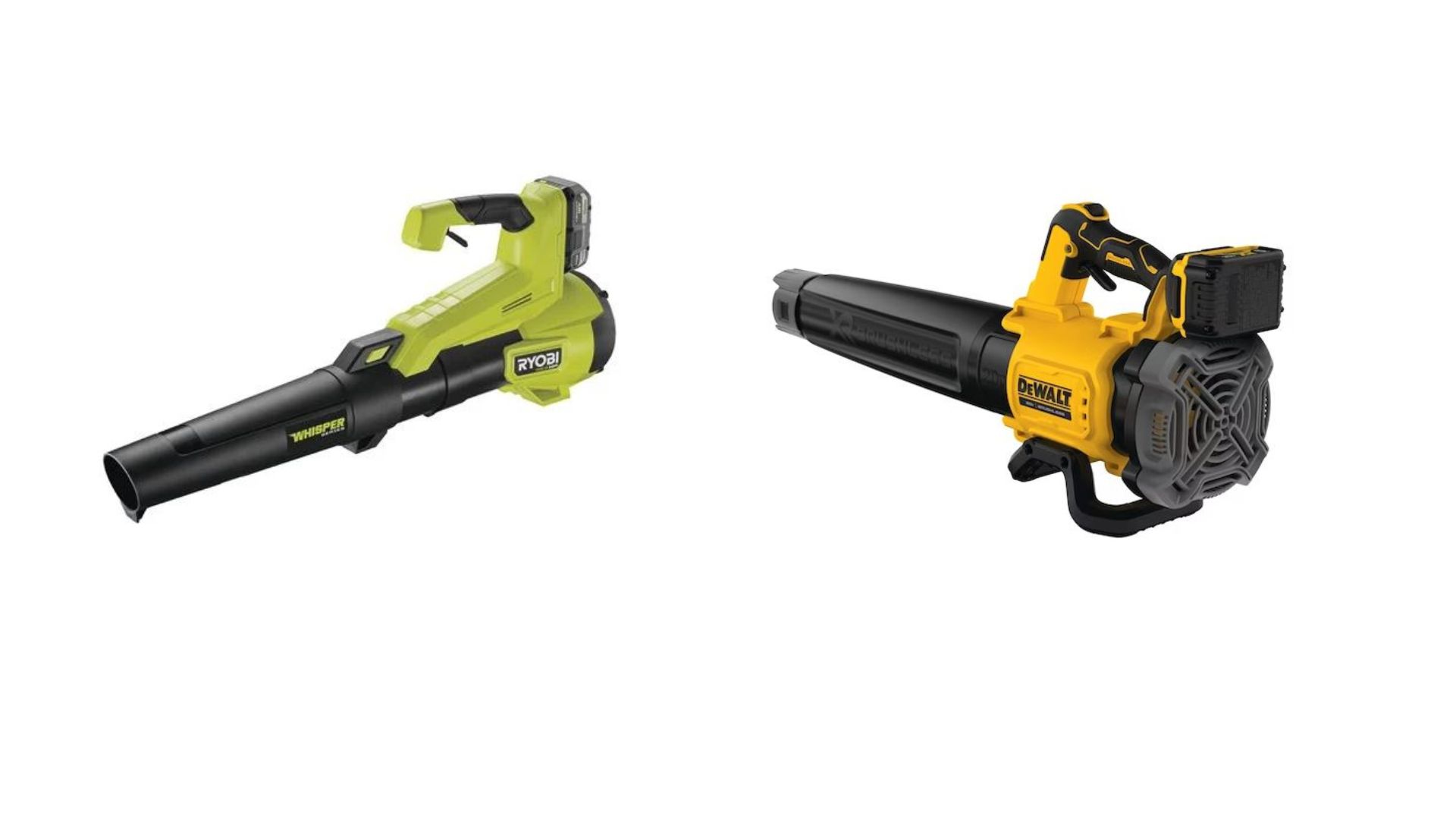

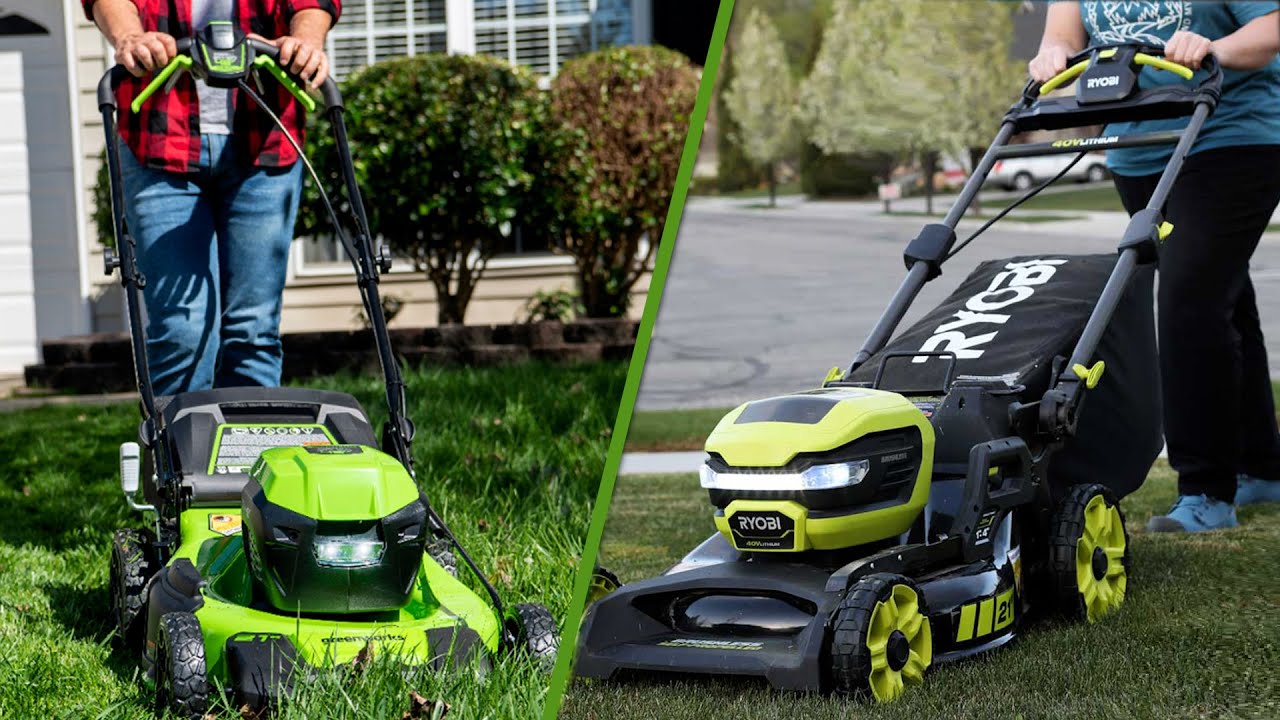
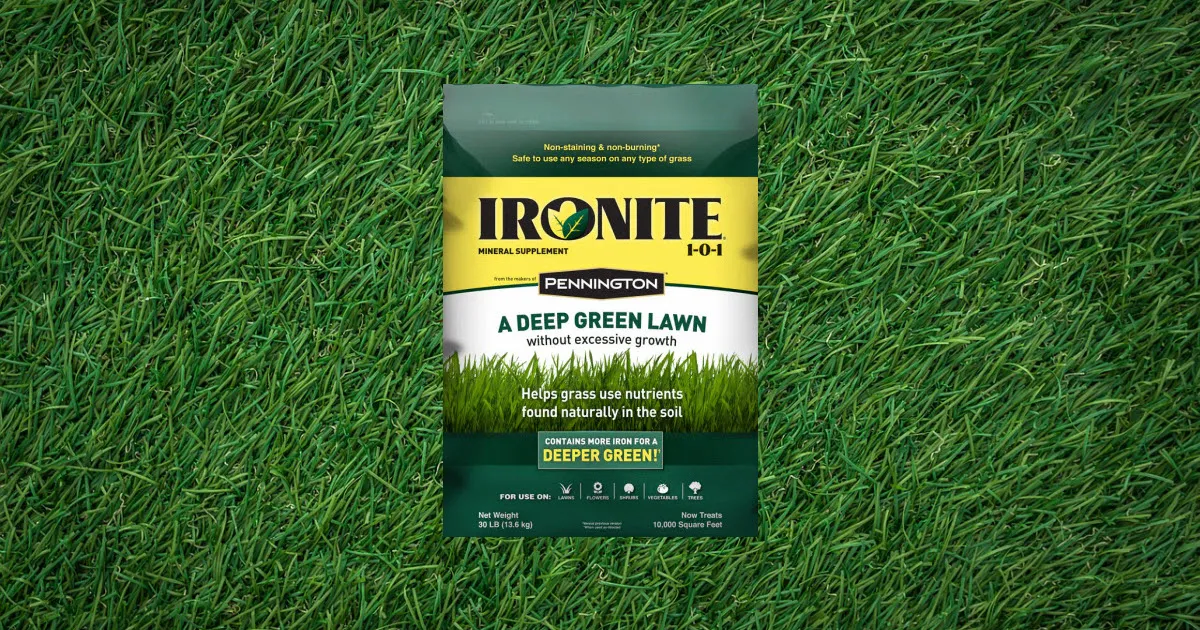
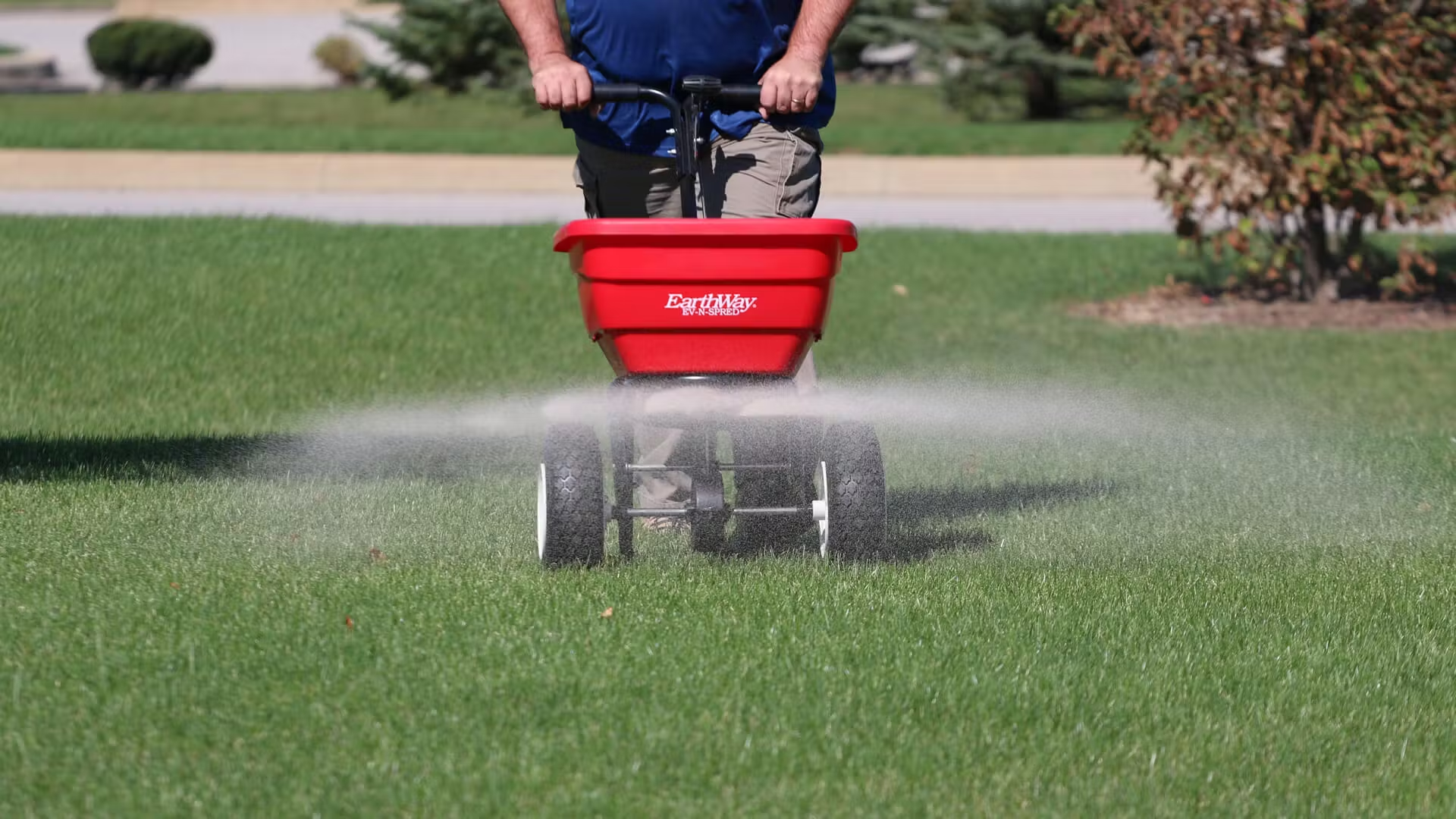
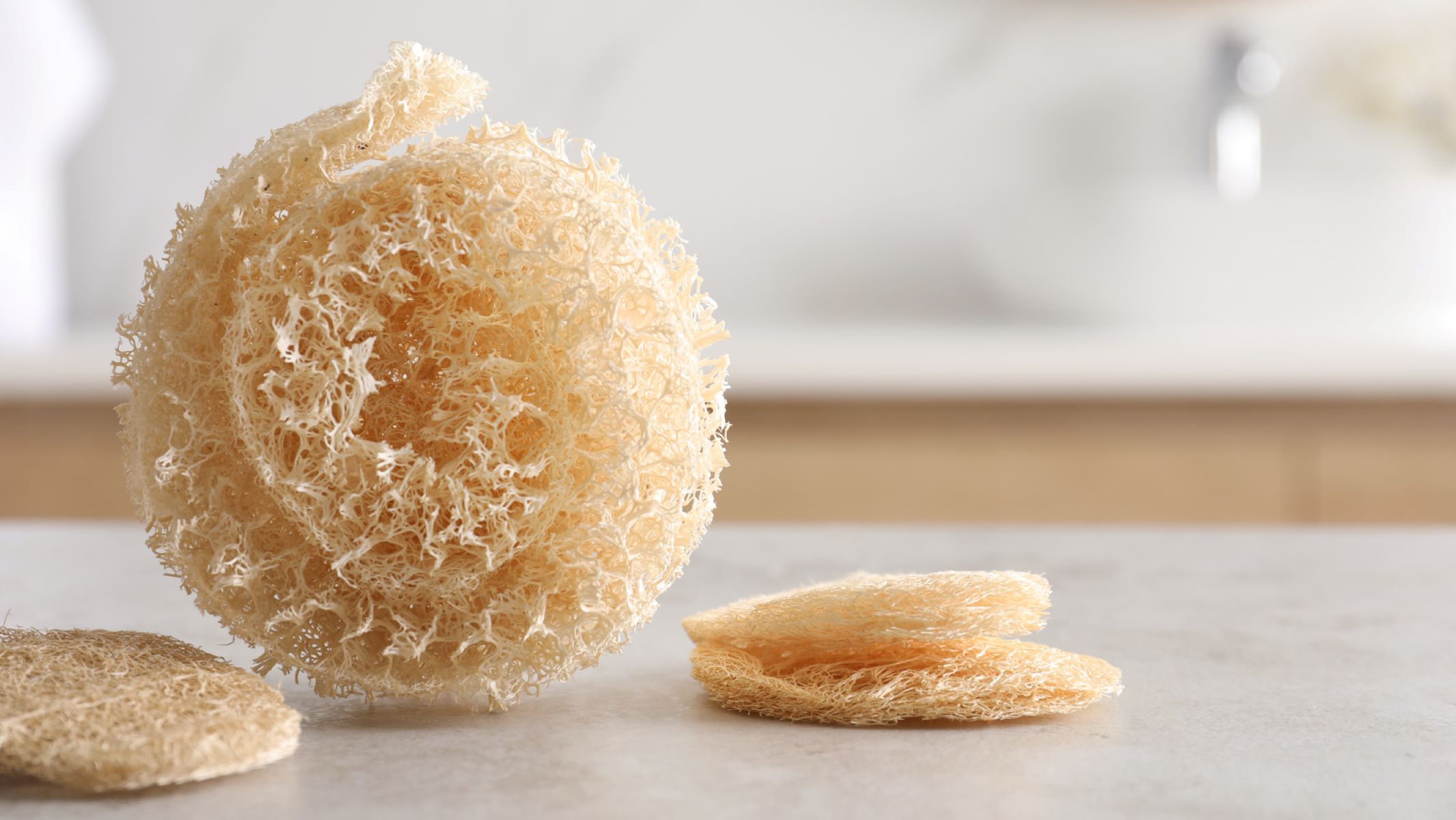
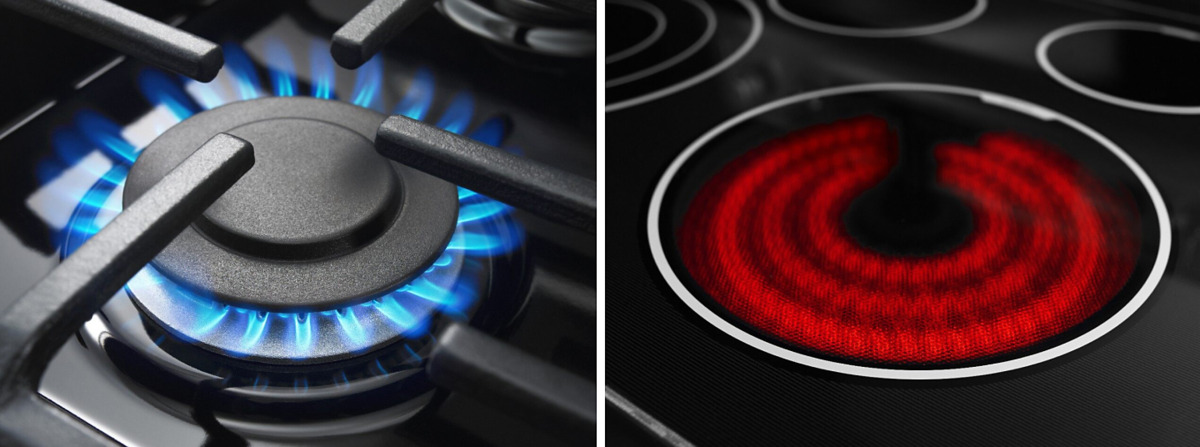
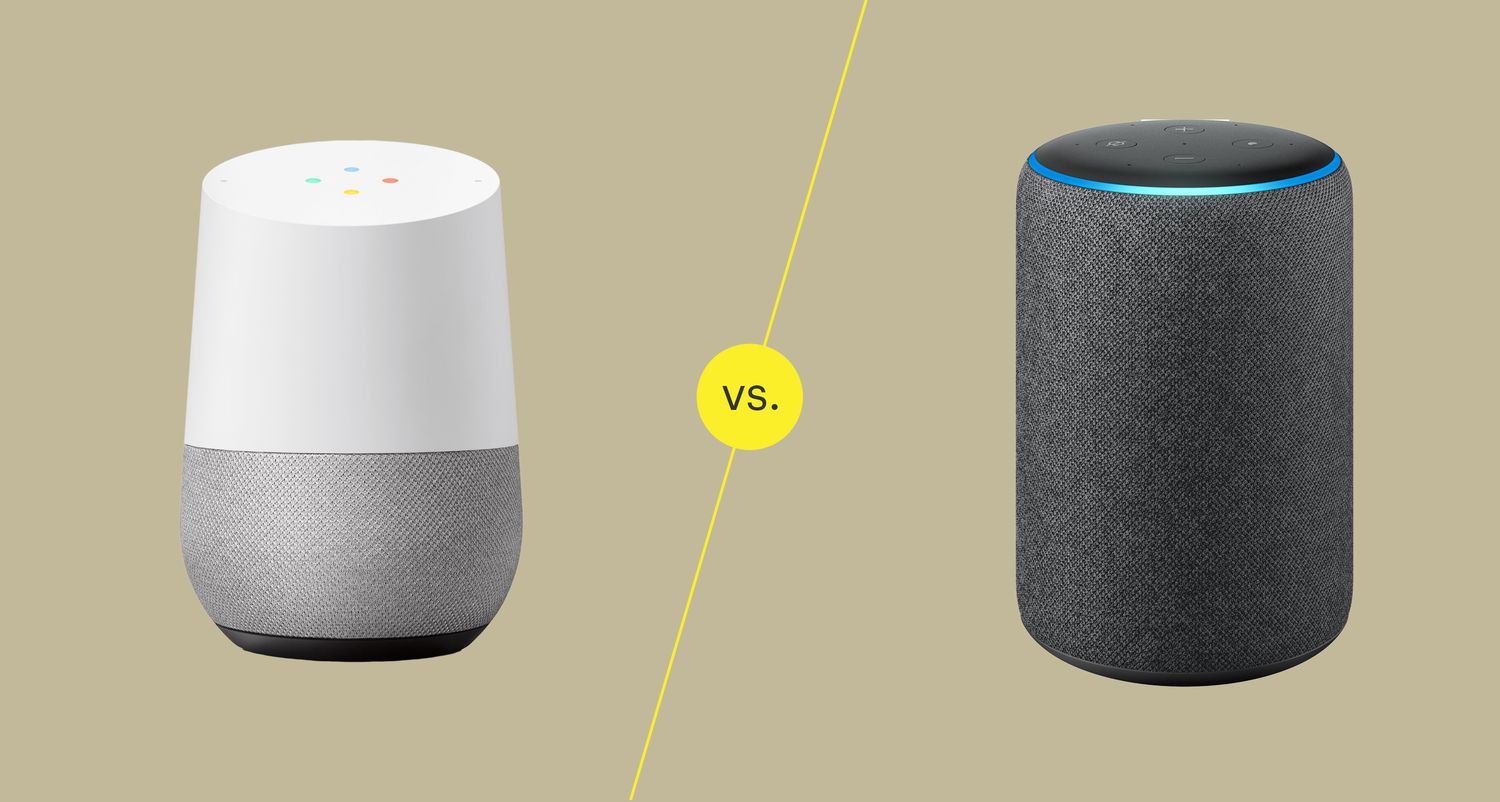

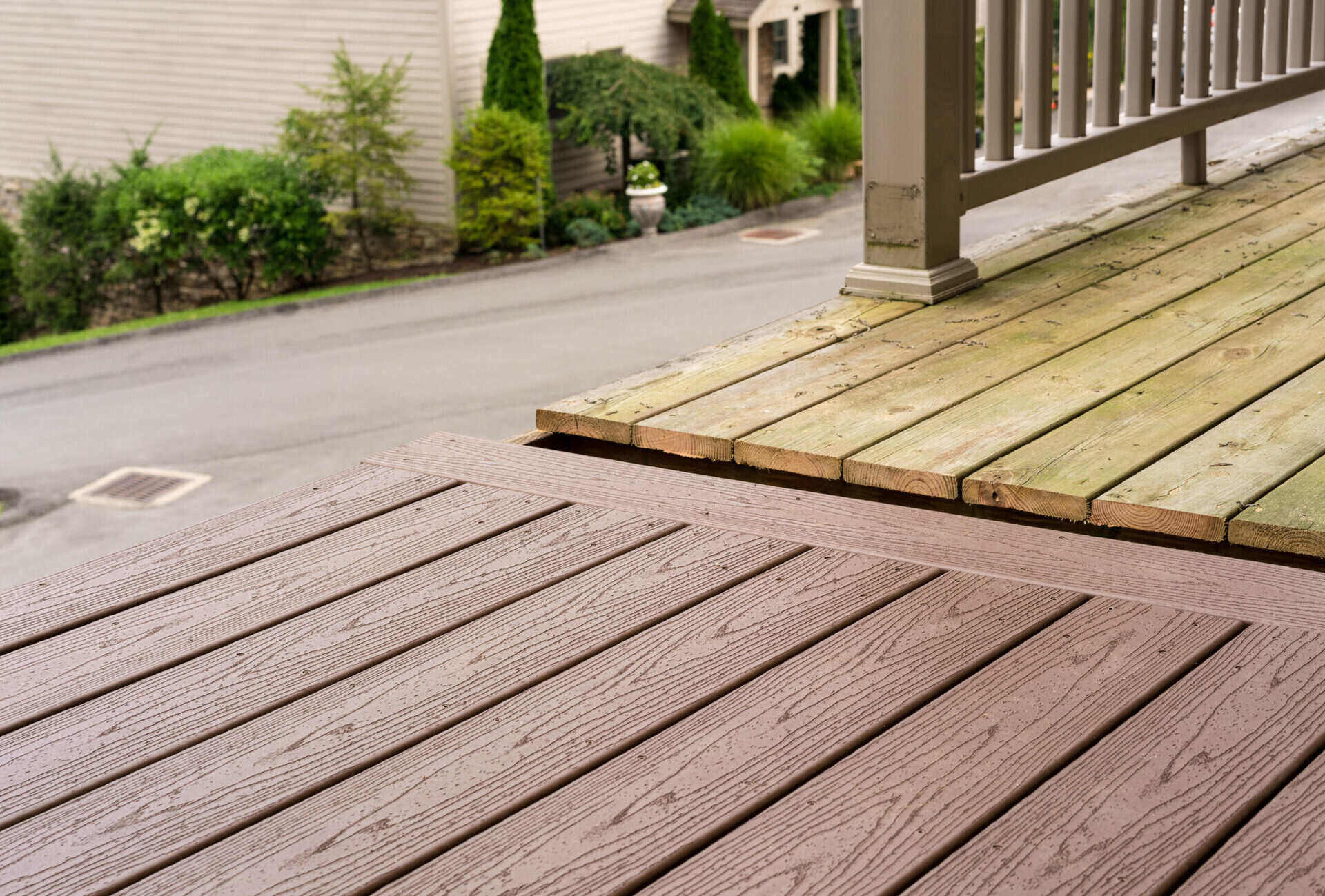

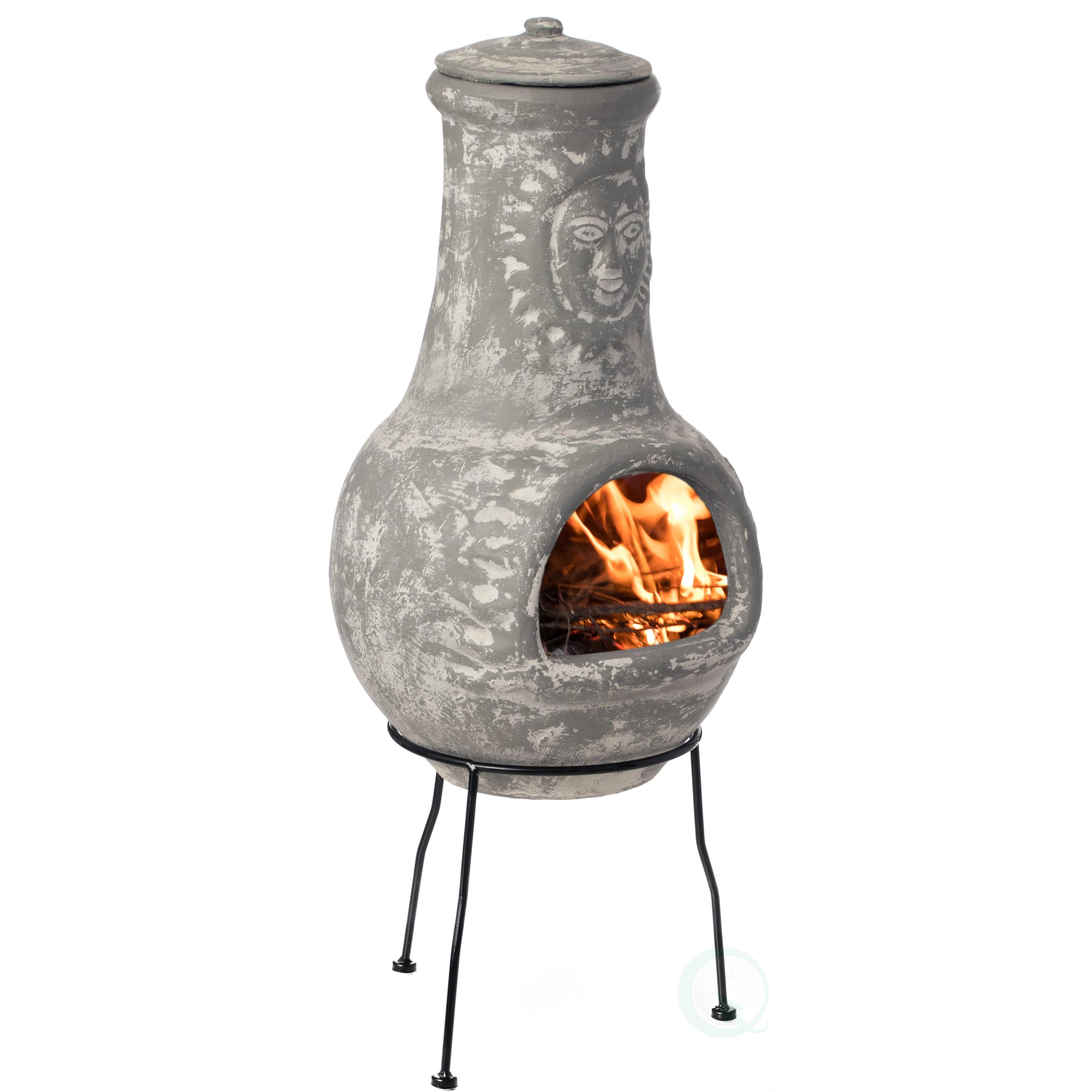

0 thoughts on “Which Treatment Is Better For Lawn Care: Liquid Or Pellets”